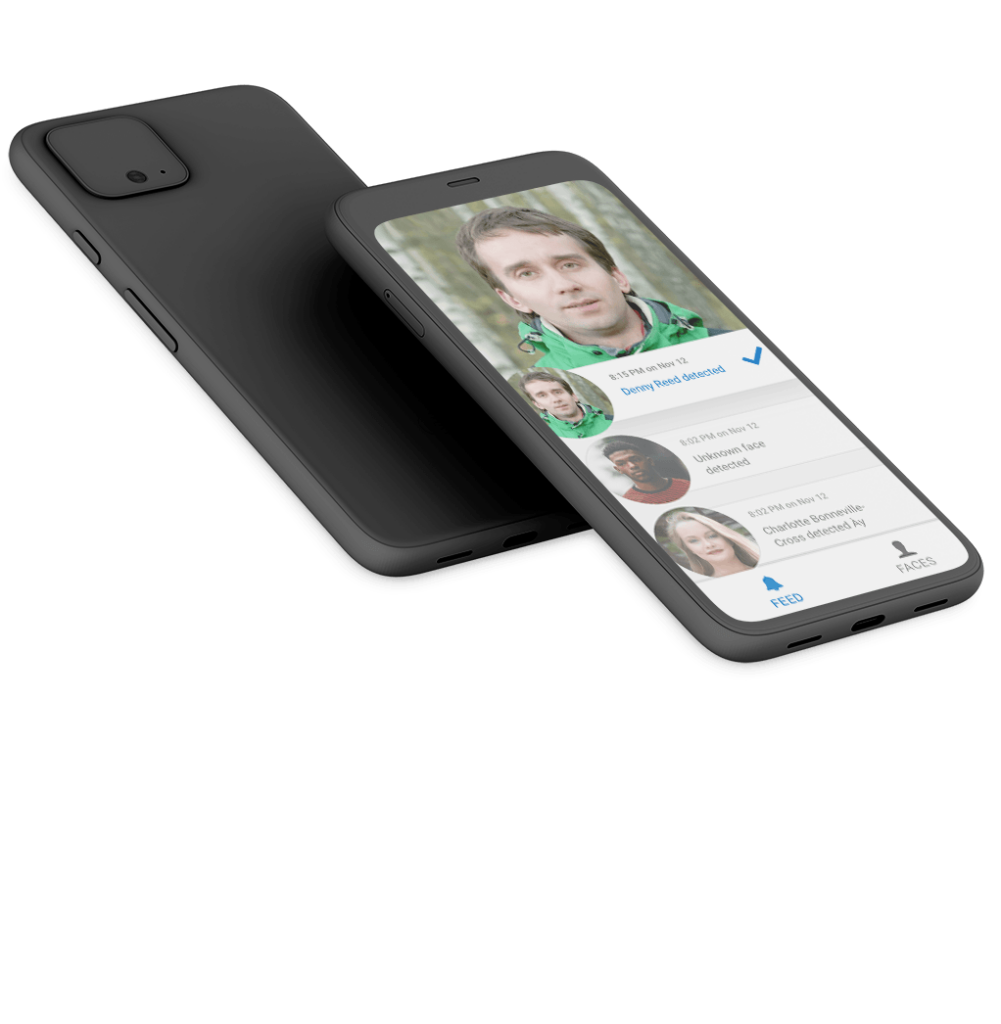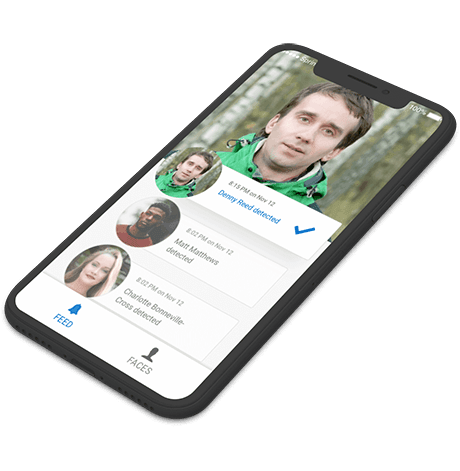IoT Development

What is IoT?
internet of things (IoT)
noun
- the interconnection of computing devices via the internet, which are embedded in everyday objects, enabling them to send and receive data
Steven had several IoT devices in his home, but he wanted one to control his coffee maker as well.
How do IoT devices work?
By way of machine learning and the accumulation of data, IoT technology recognizes patterns within the data and can offer insights and recommendations on how to optimize a product (or the use of a product) based on its feedback. Beyond the mundane, IoT apps make it possible to automate complex actions.
For instance, a backpack manufacturer who is interested to find out which features of their backpacks are used most often could add sensors to different backpack components. These sensors could then tell the manufacturer how often any given feature is interacted with. The backpack manufacture may find out that people use the water bottle holder feature of their backpacks often, but rarely use the pencil pocket. The backpack manufacturer could then test those findings against sales data to identify similar patterns. If they find alignment across both datasets, they then have the insights necessary to optimize their decisions on backpack features, supply, pricing, and more. The metrics provided by IoT devices allow businesses to identify strategic opportunities for advancement based on easy to gather, real-world data.
What defines successful IoT development?
1
Connectivity
2
User Experience
3
Security
4
Data Patterns
Our Internet Of Things Process
Platform Identification
IoT product development begins with determining the specifications of the connected platform. When building IoT software, you should first determine what is required of the hardware to keep your software running correctly. Taking such factors into account as hardware performance, battery life, and network capabilities minimizes overhead and ensures effective development from the beginning.
Feature Summary
Our Lead Architect drafts a specification document that outlines the functions and features required for your IoT software to work as designed. Detailing user behaviors for each feature of your product, this document serves as a point of reference for our development team on how product features should work prior to code implementation.
Architectural Requirements
Based on your product’s core functionalities, integrations, user flows, and designs, our Lead Architect drafts a document that scopes out the entirety of your IoT application's development. This document identifies frameworks, programming languages, and diagrams of how your software will integrate with your IoT device and how they will speak with each other.
Product Backlog
Per our agile development practices, we produce 60% of your backlog up front and produce the remaining 40% of implementation tickets after development has begun. By adhering to an agile product backlog, our team is able to account for the unexpected while adhering to set timelines and budgets.
Programming
Our IoT developers build out your IoT software features step-by-step until each feature is ready for peer testing. While some of the developers build out the framework and architecture of your application, the rest work on your products services layer to ensure the IoT software and product can transmit data as needed.
Testing
From desk checks (which connect our developers with our designers and holds them accountable for proper feature implementation) to performance testing, our IoT testing practices take place throughout the entire development process. Our team performs a wide range of tests each step of the way to guarantee that your IoT software functions as intended at all times.
Iteration
Your MVP (Minimum Viable Product) has now been built! At this point, we test your software with real-world users and gather their feedback on opportunities for improvement. Furthermore, we continue to develop any additional features that were outside the scope or you IoT MVP. This approach allows us to produce an IoT product that can be brought to market immediately, while lower priority features are implemented once your product is in beta.

